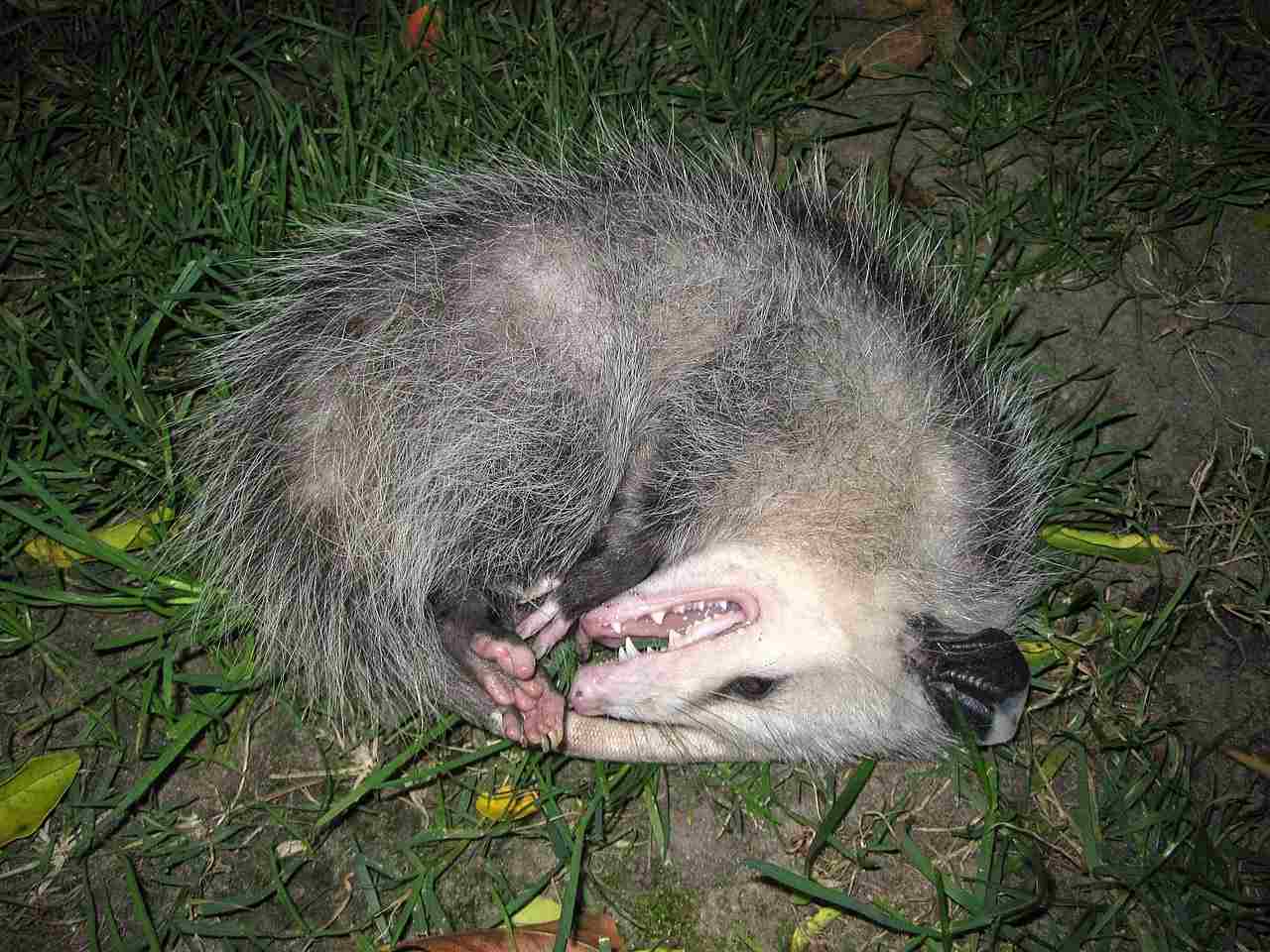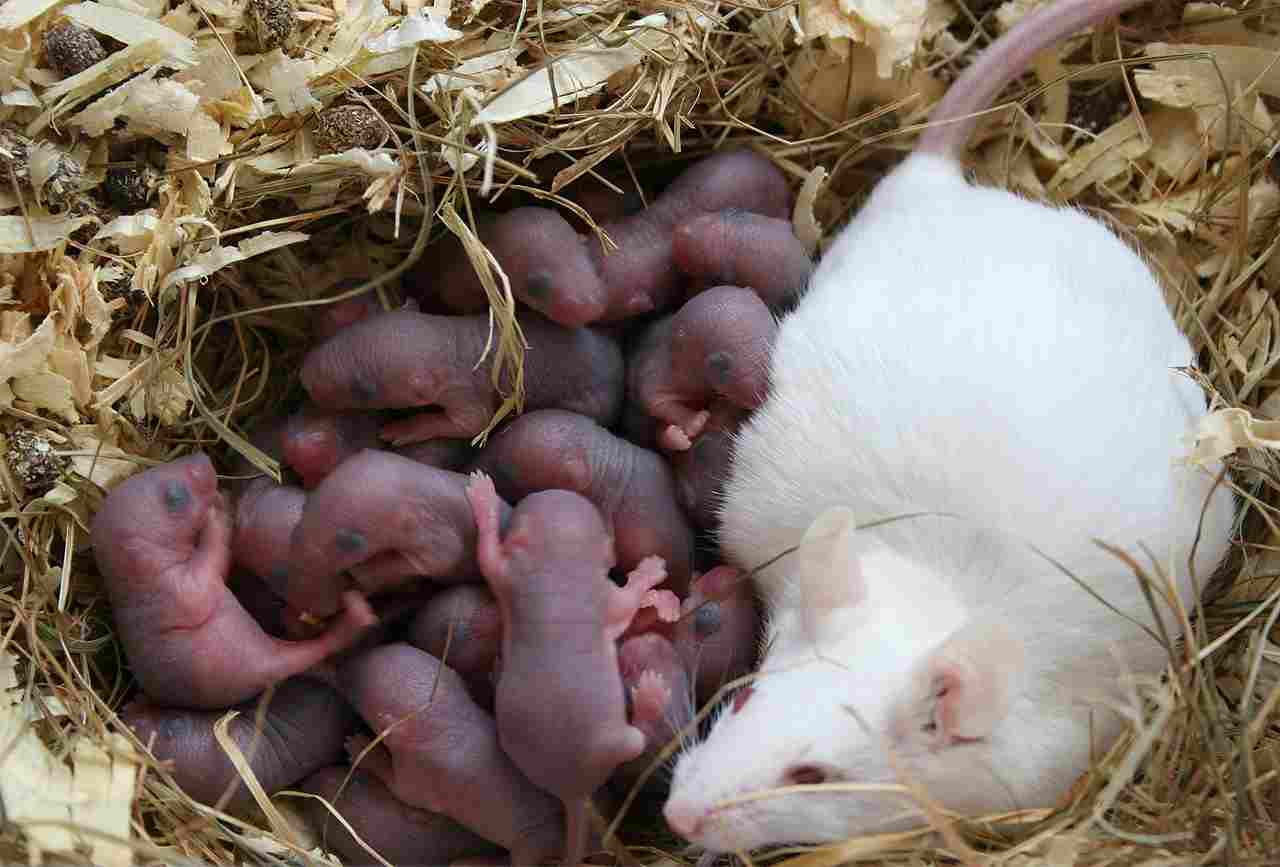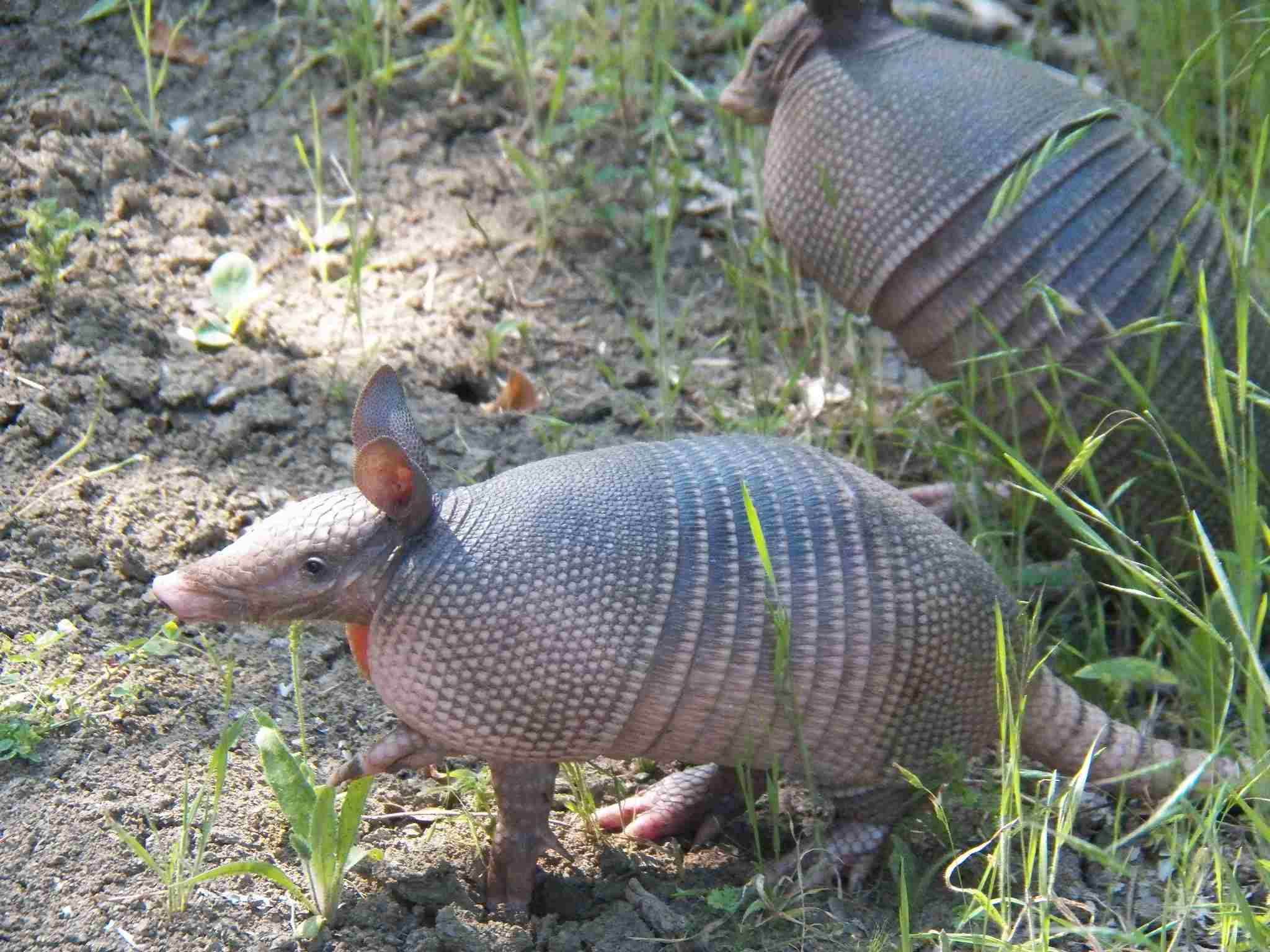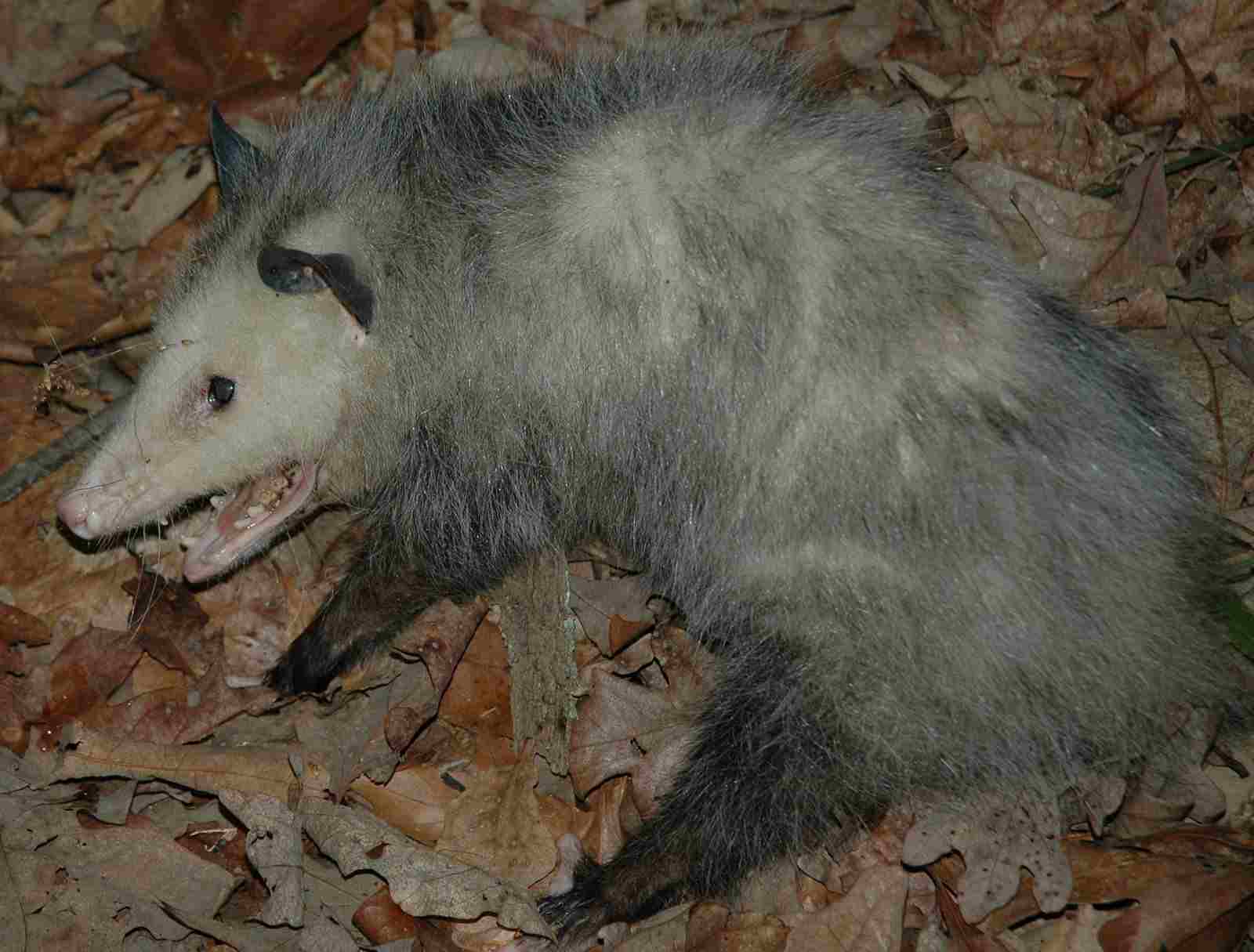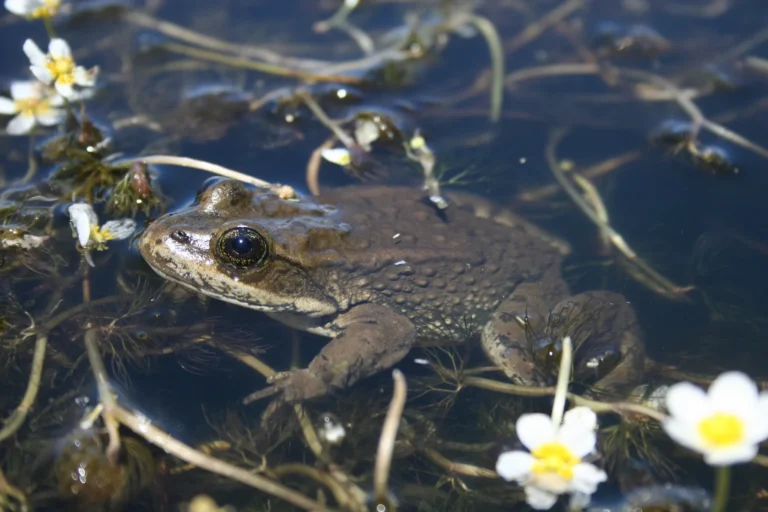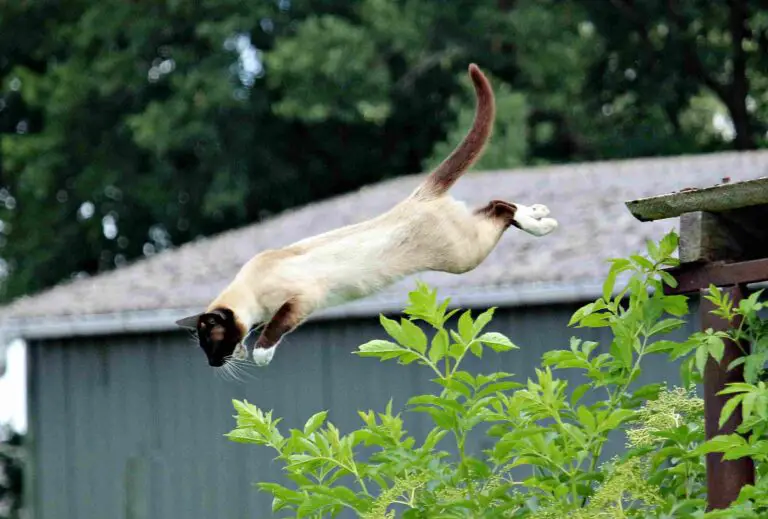Possum Vs Opossum Difference, Size, Weight, Overall Comparison
Distinguishing between a possum and an opossum involves recognizing the regional usage of these terms and understanding the physiological disparities between the Australian and American marsupials. While possum is predominantly associated with the Australian species, opossum refers to the American counterpart. In a real-world confrontation, the opossum, being slightly larger, heavier, and more predatory, holds advantages that position it as the likely victor over the possum.
Possum vs Opossum: Clarifying Terminology and Physiological Contrasts
In differentiating between a possum and an opossum, the terminology reflects regional distinctions, and physiological differences further shape the characteristics of these marsupials. The opossum, predominantly found in the Americas, exhibits size, weight, and predatory advantages over the possum.
I). Terminology Clarification:
– The term “possum” is commonly used to refer to the marsupials found in Australia, whereas “opossum” pertains to the American marsupials. This linguistic differentiation reflects the regional distribution of these species.
II). Physiological Differences:
– Opossums, native to the Americas, are slightly larger and heavier than their Australian counterparts, the possums. This size variance contributes to differences in appearance and physical attributes.
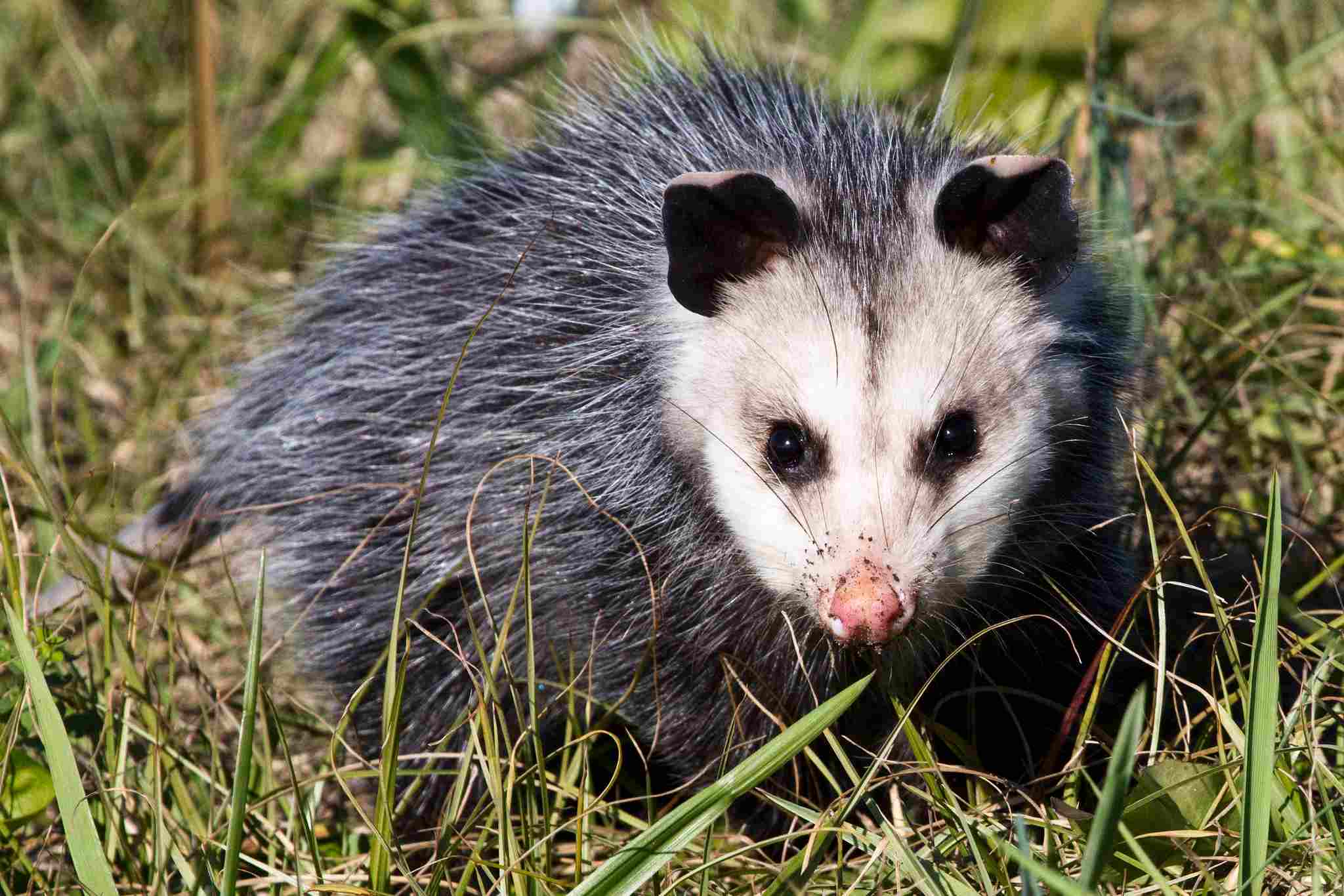
III). Possum’s Smaller Size:
– Possums, found in Australia, are generally smaller in size compared to opossums. This difference in size influences their overall appearance and physiological characteristics.
IV). Opossum’s Predatory Traits:
– Opossums, being slightly larger and heavier, often exhibit more predatory behaviors. This advantage can play a significant role in a potential fight, as predatory instincts contribute to their ability to defend against threats.
V). Predicting Outcomes:
– In a real-world confrontation, the opossum’s physiological advantages in terms of size, weight, and predatory traits position it as the likely victor over a possum. These disparities contribute to the opossum’s overall dominance in a fight.
VI). Regional Distribution:
– The regional distribution of possums in Australia and opossums in the Americas further emphasizes the importance of using the correct terminology to distinguish between these marsupials.

VII). Overall Dynamics:
– This analysis highlights the linguistic and physiological disparities between possums and opossums. While the terms may be used interchangeably, recognizing the regional context is crucial. Additionally, in a real-world confrontation, the opossum’s larger size and predatory traits give it a distinct advantage over the smaller possum, shaping the dynamics of interspecies interactions.
*Details of Comparison
| Criteria | Possum | Opossum |
| Pictures and Appearance | Varied, bushy tails, pointed snouts |
Naked prehensile tail, pointed face, long snout
|
| Size | Generally smaller | Generally larger |
| Weight | Lighter | Heavier |
| Bite Force (PSI) | Moderate |
Moderate to strong
|
| Offensive Advantages | Sharp claws for climbing and defense |
Sharp claws, prehensile tail
|
| Defensive Advantages | Camouflage, nocturnal behavior |
Feigning death
(“playing possum”)
|
| Speed | Moderate speed, agile in trees |
Limited ground speed, adept at climbing
|
| Agility | Highly agile |
Highly agile, with some variation
|
| Senses | Well-developed hearing and smell |
Keen sense of smell, good hearing
|
| Physical Capacity | Versatile, adapted to varied environments |
Well-adapted to terrestrial and arboreal habitats
|
| Habitat Preference(s) | Arboreal habitats, forests, urban areas |
Varied habitats including forests, urban areas, and fields
|
| Tracks | Distinctive tracks with claw marks |
Tracks with opposable thumbs on hind feet
|
| Lifespan | Varied, generally longer |
Shorter, typically 1-2 years in the wild
|
| Mode of Feeding | Herbivorous or omnivorous, depending on species |
Opportunistic omnivores, scavengers
|
| Intelligence | Varied intelligence levels, problem-solving abilities |
Moderate intelligence, adaptable behaviors
|
| Social Behavior | Varied social structures; some solitary, some communal |
Generally solitary, limited social interactions
|
| Reproduction | Varied strategies, including pouch-bearing and non-pouch-bearing species |
Marsupial reproduction with a pouch
|
| Parental Behavior | Varied; some species exhibit extensive parental care |
Limited parental care, relies on the pouch for early development
|
| Proximity to Human Areas | Often found in urban areas, adapting to human presence |
Frequent sightings in suburban and urban environments
|
| Behavior Toward Humans | Varied; some may become accustomed to human presence |
Generally cautious, may adapt to human proximity
|
| Danger Posed to Humans | Generally not dangerous; may carry diseases |
Typically not aggressive; may hiss or bare teeth when threatened
|
| Precautions | Avoid direct contact, especially with injured or sick individuals |
Exercise caution, avoid provoking defensive responses
|
| Conservation Status | Varied conservation statuses; some face threats |
Generally stable, adaptable to different environments
|
1. Taxonomy:
Possum:
Family: Phalangeridae (Australasian possums)
Order: Diprotodontia
Opossum:
Family: Didelphidae
Order: Didelphimorphia
2. Possum Vs Opossum Pictures and Appearance:
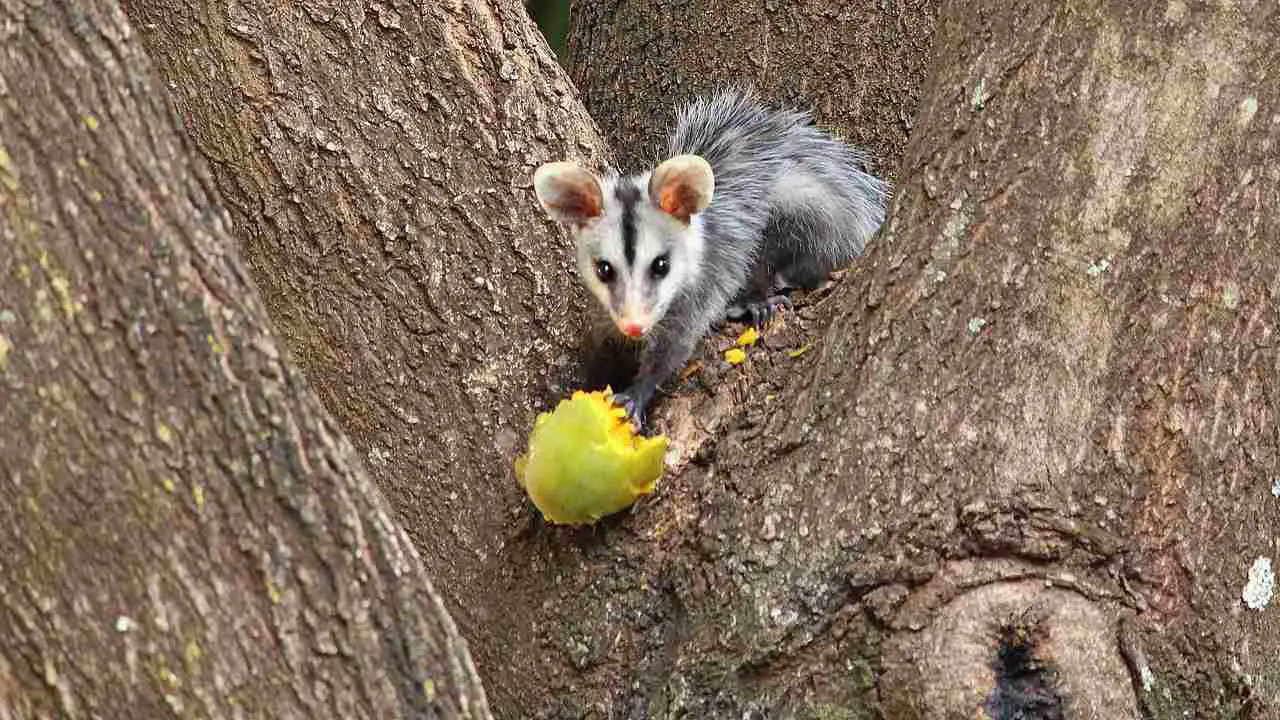
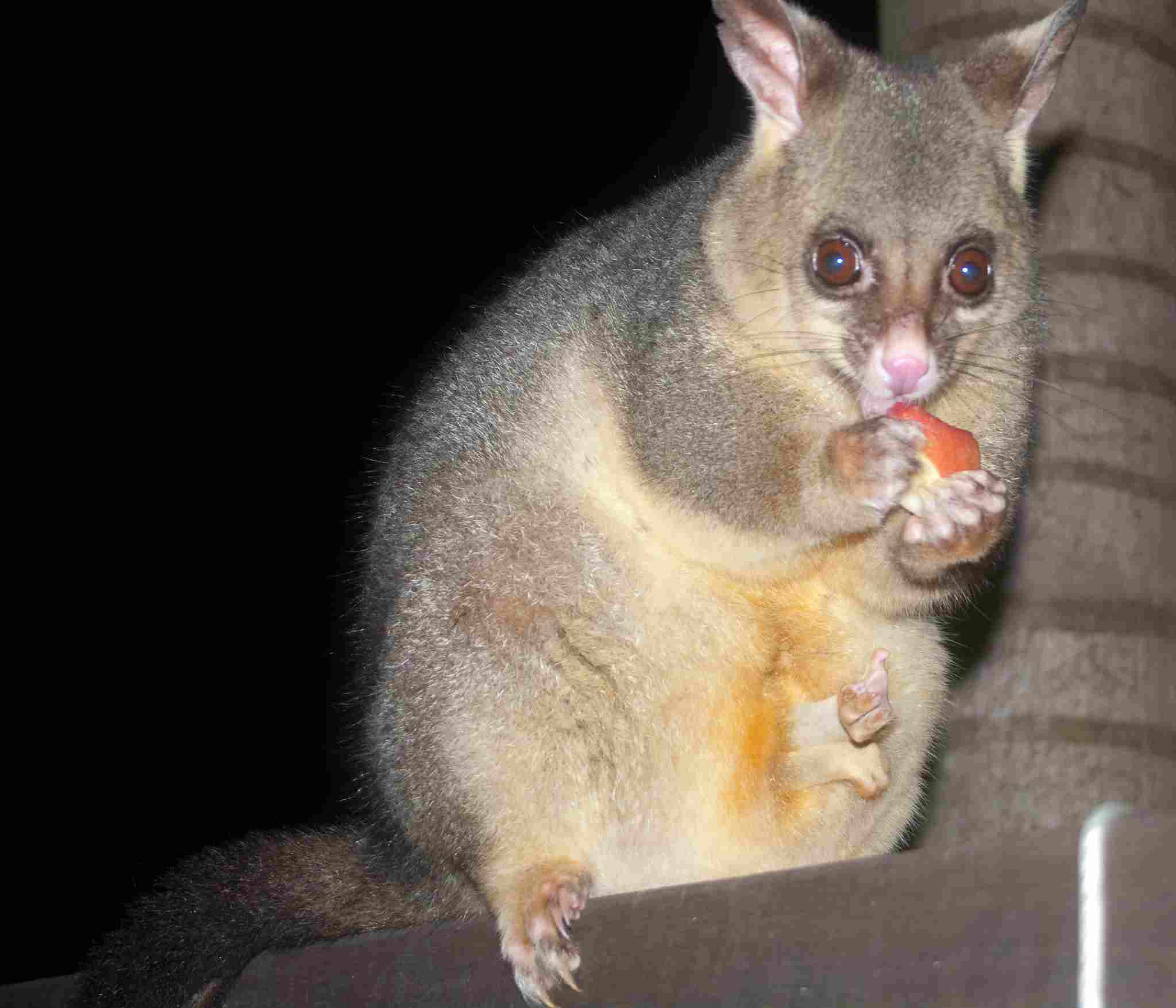
Possum:
Varied appearances; bushy tails, pointed snouts.
Adapted to arboreal life.
Opossum:
Naked prehensile tail, pointed face, long snout.
Primarily terrestrial in appearance.
Comparison:
Possums exhibit more diverse visual characteristics.
Opossums have a distinctive, less varied appearance.
Ecological Implications:
Possums’ adaptability aids in varied ecological niches.
Opossums’ terrestrial features suggest ground-based ecological roles.
3. Size:
Possum:
Varies among species, generally smaller.
Opossum:
Generally larger than possums.
Comparison:
Possums tend to be more compact in size.
Opossums are generally larger, accommodating diverse environments.
Ecological Implications:
Size affects access to different food sources and predators.
Larger opossums might have different ecological impacts than smaller possums.
4. Weight:
Possum:
Lighter in weight compared to opossums.
Opossum:
Generally heavier.
Comparison:
Possums are lighter and more agile.
Opossums’ weight might confer advantages in certain ecological contexts.
Ecological Implications:
Weight influences mobility and energy expenditure in different environments.
Opossums’ heavier build may provide advantages in resource competition.
5. Bite Force (PSI – Pounds per Square Inch):
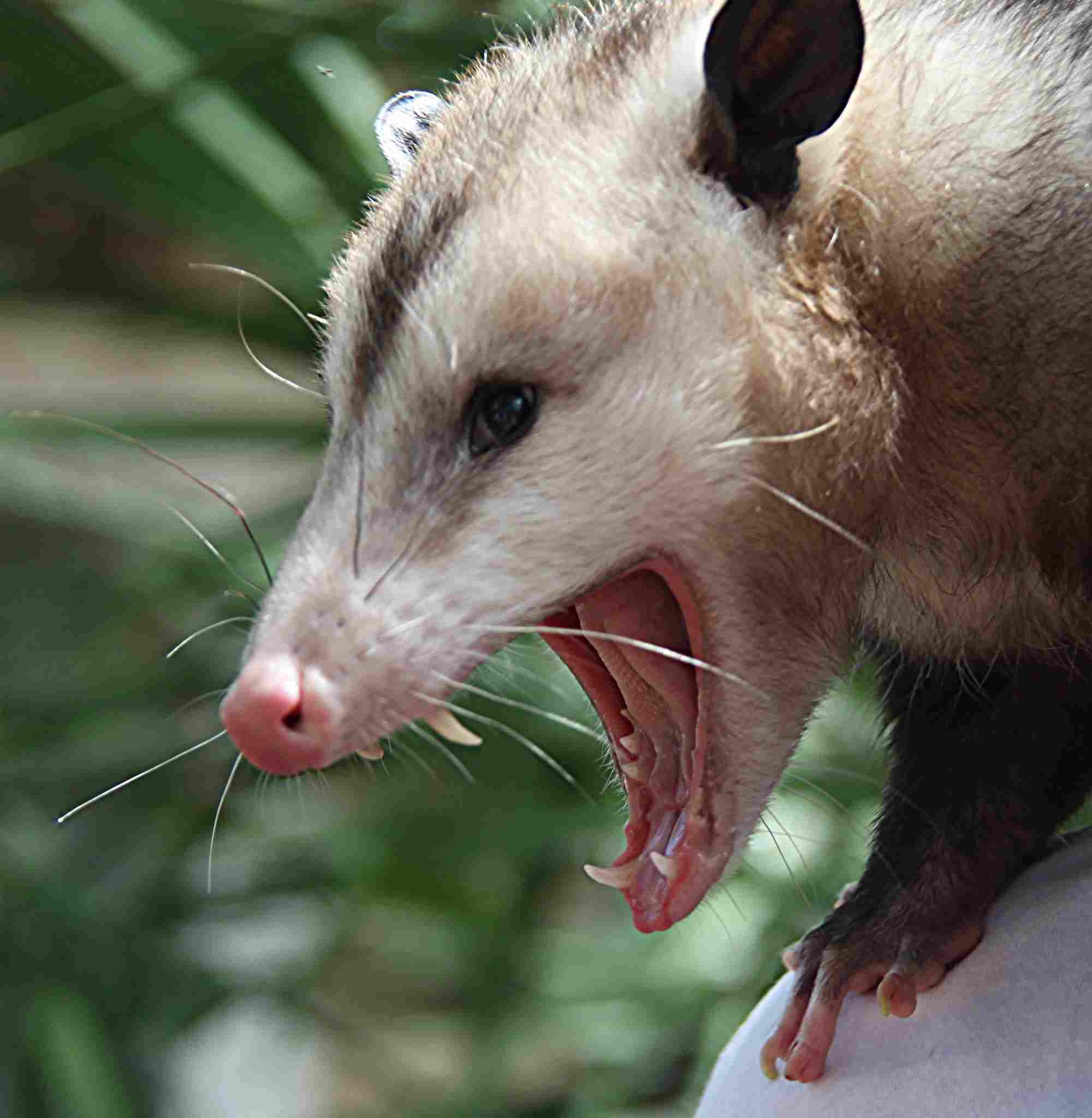
Possum:
Moderate bite force.
Opossum:
Moderate to strong bite force.
Comparison:
Both possums and opossums possess sufficient bite force for their respective diets.
Opossums may have a slightly stronger bite, potentially impacting their feeding habits.
Ecological Implications:
Bite force influences feeding strategies and interactions with prey.
Differences in bite force may contribute to niche partitioning within ecosystems.
6. Physical Offensive Advantages:
Possum:
Sharp claws for climbing and defense.
Opossum:
Prehensile tail and sharp claws.
Comparison:
Both possess offensive adaptations for climbing and defense.
Opossums’ prehensile tail provides an additional tool for maneuverability.
Ecological Implications:
Offensive adaptations influence their ability to navigate and survive in their specific habitats.
Climbing abilities may affect access to resources and escape from predators.
7. Physical Defensive Advantages:
Possum:
Camouflage and nocturnal behavior.
Opossum:
Feigning death (“playing possum”) as a defense mechanism.
Comparison:
Possums rely on blending into their surroundings.
Opossums have a unique “playing dead” strategy to deter predators.
Ecological Implications:
Defensive strategies affect interactions with predators and prey.
Camouflage and feigning death serve different ecological purposes.
8. Speed (Km/hour or Mile/hour):
Possum:
Moderate speed on land and agile in trees.
Opossum:
Limited ground speed, more adept at climbing.
Comparison:
Possums exhibit agility on both land and in trees.
Opossums may not be as fast on the ground but excel in climbing.
Ecological Implications:
Speed influences hunting, evasion, and overall mobility.
Climbing abilities may compensate for limited ground speed in opossums.
9. Agility:
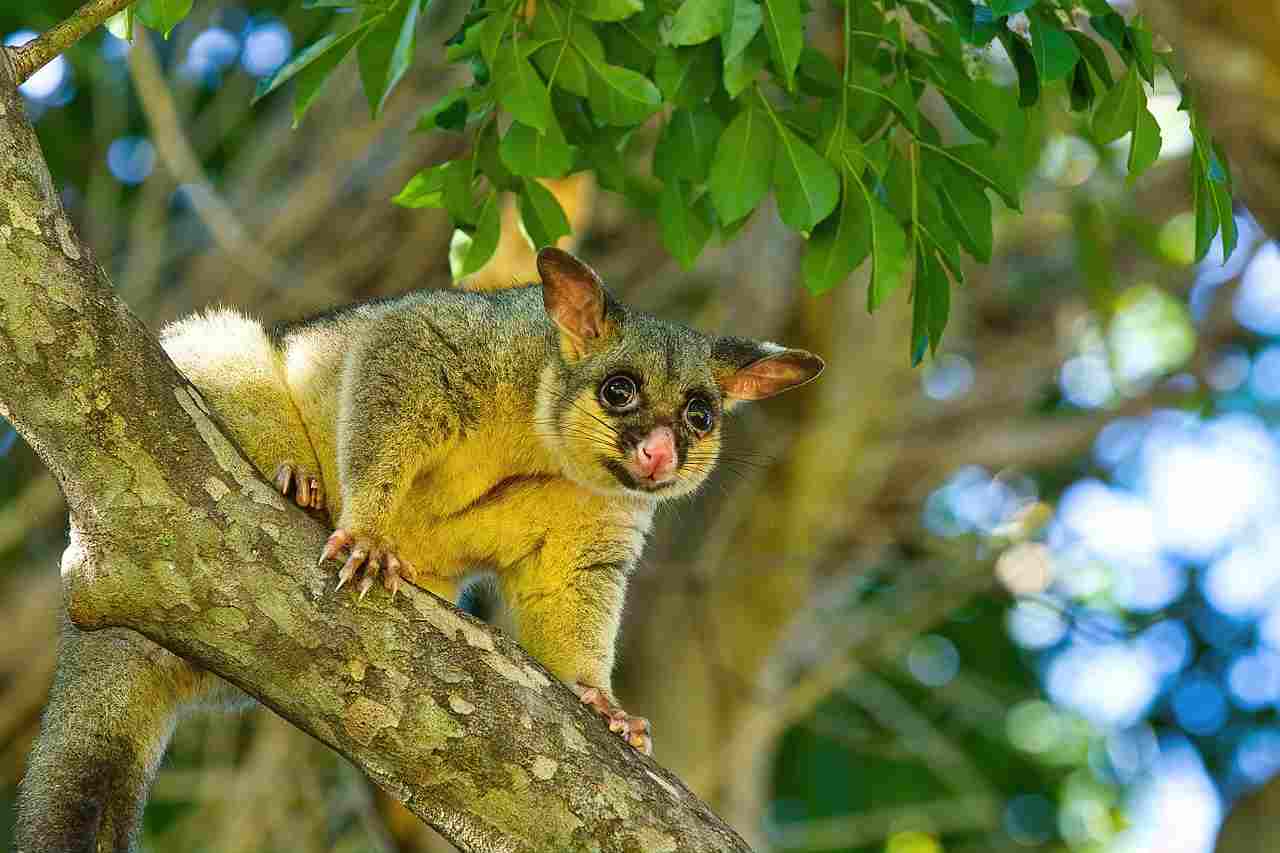
Possum:
Highly agile in trees and on the ground.
Opossum:
Excellent climbing agility.
Comparison:
Both possums and opossums display impressive agility.
Possums may have a slightly broader range of agility in varied environments.
Ecological Implications:
Agility is crucial for navigating complex habitats.
Differences in agility may contribute to niche specialization within ecosystems.
10. Senses:
Possum:
Well-developed senses of hearing and smell.
Opossum:
Keen sense of smell and good hearing.
Comparison:
Both possums and opossums rely on acute senses for navigation and survival.
Sensory adaptations reflect their respective ecological roles.
Ecological Implications:
Enhanced senses aid in locating food sources and detecting predators.
Differences in sensory emphasis may correspond to their specific ecological niches.
11. Overall Physical Capacity:
Possum:
Versatile, adapted to varied environments.
Opossum:
Well-adapted to terrestrial and arboreal habitats.
Comparison:
Possums showcase adaptability to diverse ecosystems.
Opossums demonstrate a balance of abilities suitable for different environments.
Ecological Implications:
Overall physical capacity shapes their ecological roles and impacts.
Adaptations contribute to the ability to exploit specific niches within ecosystems.
12. Habitat Preference(s):
Possum:
Arboreal habitats, forests, urban areas.
Opossum:
Varied habitats including forests, urban areas, and fields.
Comparison:
Both possums and opossums exhibit adaptability to diverse habitats.
Slight differences in habitat preferences may reflect niche partitioning.
Ecological Implications:
Habitat preferences influence interactions with other species and resource utilization.
Adaptation to different environments contributes to their ecological roles.
13. Tracks:
Possum:
Distinctive tracks, often show claw marks.
Opossum:
Tracks with opposable thumbs on hind feet.
Comparison:
Track morphology varies between possums and opossums.
Distinct features in tracks aid in species identification.
Ecological Implications:
Tracking allows researchers to monitor their presence and behavior in different habitats.
Track differences may contribute to their roles in ecosystem dynamics.
14. Lifespan:
Possum:
Varied lifespans across species, generally 2-4 years.
Opossum:
Shorter lifespan, typically 1-2 years in the wild.
Comparison:
Possums generally have longer lifespans.
Opossums experience shorter lifespans, potentially impacting population dynamics.
Ecological Implications:
Lifespan influences reproductive strategies and population turnover.
Shorter lifespans in opossums may lead to more rapid population changes.
15. Mode of Feeding:
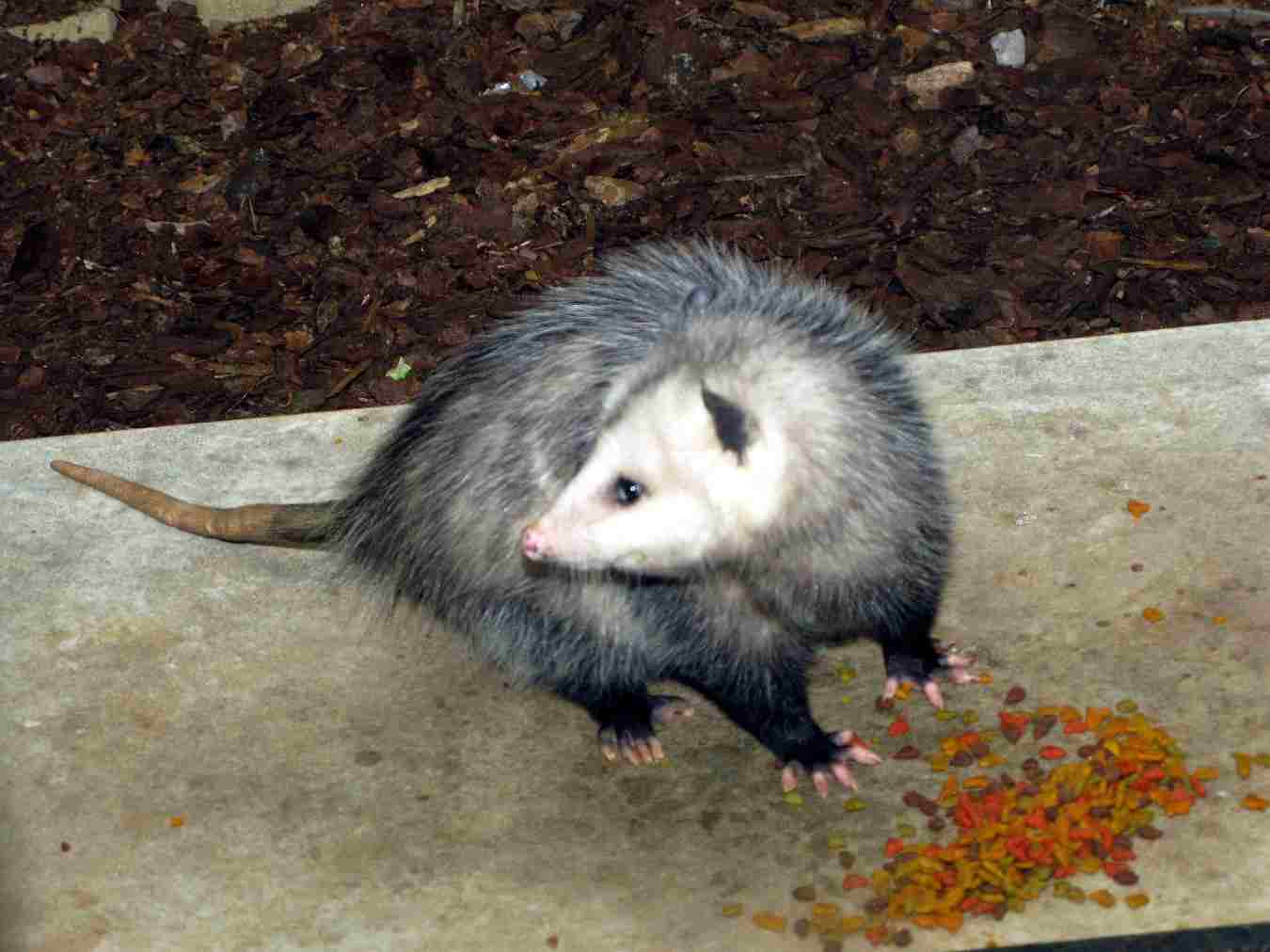
Possum:
Herbivorous or omnivorous, depending on the species.
Opossum:
Opportunistic omnivores, scavengers.
Comparison:
Both possums and opossums exhibit varied dietary strategies.
Opossums’ scavenging behavior sets them apart from some herbivorous possum species.
Ecological Implications:
Dietary differences contribute to their ecological roles.
Scavenging behavior in opossums may impact local ecosystems differently.
16. Intelligence:
Possum:
Varied intelligence levels, problem-solving abilities.
Opossum:
Moderate intelligence, adaptable behaviors.
Comparison:
Intelligence levels vary within possum species.
Opossums exhibit moderate intelligence, adapting to different environments.
Ecological Implications:
Intelligence influences foraging strategies and adaptation to changing environments.
Cognitive abilities contribute to their capacity to exploit ecological niches.
17. Social Behavior:
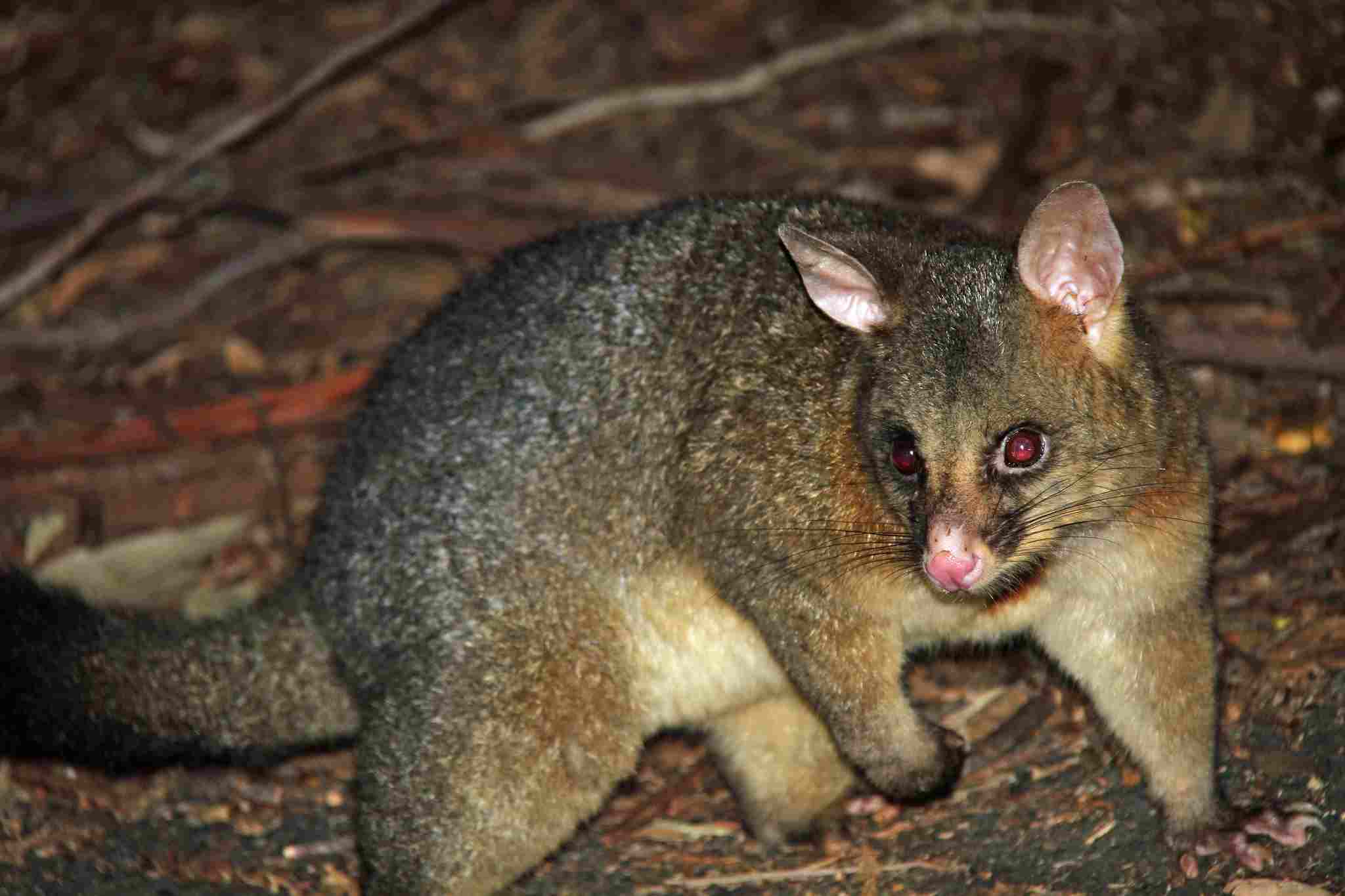
Possum:
Varied social structures; some solitary, some communal.
Opossum:
Generally solitary, limited social interactions.
Comparison:
Social behaviors range across possum species.
Opossums tend to be more solitary, with minimal social interactions.
Ecological Implications:
Social structures impact resource competition and reproduction.
Differences in social behavior contribute to their roles in ecosystem dynamics.
18. Mode of Reproduction:
Possum:
Varied reproductive strategies, including pouch-bearing and non-pouch-bearing species.
Opossum:
Marsupial reproduction with a pouch for nurturing undeveloped young.
Comparison:
Reproductive strategies exhibit diversity in both possums and opossums.
Opossums follow a typical marsupial pattern with pouch care.
Ecological Implications:
Differences in reproductive strategies influence population dynamics and species interactions.
Varied strategies enhance adaptability to specific environmental conditions.
19. Parental Behavior:
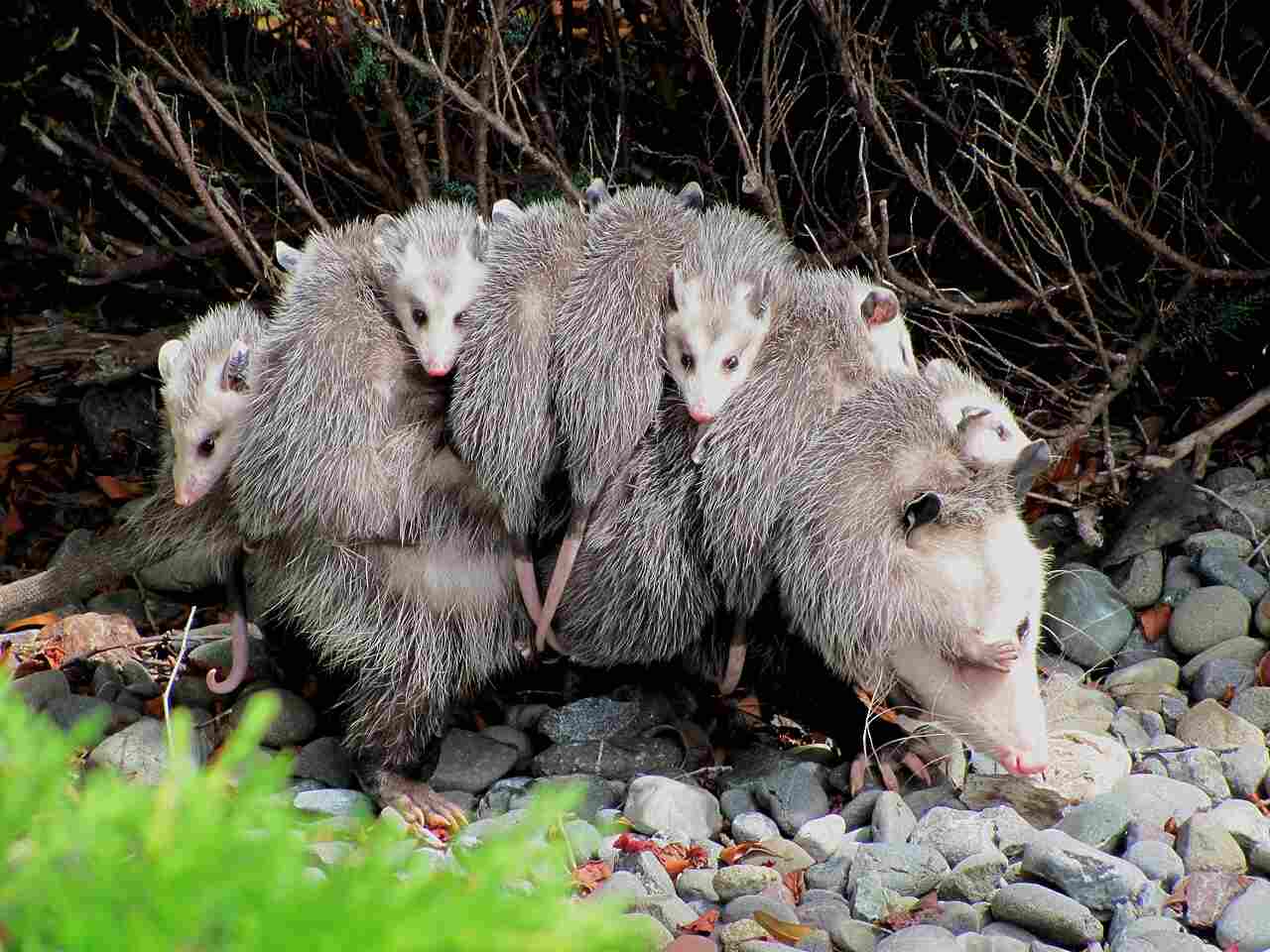
Possum:
Varies; some species exhibit extensive parental care.
Opossum:
Limited parental care, relies on the pouch for early development.
Comparison:
Parental behaviors differ among possum species.
Opossums exhibit less direct parental care due to the marsupial reproductive system.
Ecological Implications:
Parental care influences the survival and development of offspring.
Varied parental strategies contribute to the overall reproductive success within their ecosystems.
20. Proximity to Human-Inhabited Areas:
Possum:
Often found in urban areas, adapting to human presence.
Opossum:
Frequent sightings in suburban and urban environments.
Comparison:
Both possums and opossums show adaptability to human-altered landscapes.
Presence in urban areas may have varying ecological implications.
Ecological Implications:
Urban adaptability reflects the ability to exploit human-altered habitats.
Interactions with humans may influence food sources and potential conflicts.
21. Behavior Toward Humans:

Possum:
Varied; some species may become accustomed to human presence.
Opossum:
Generally cautious but may become habituated to humans.
Comparison:
Responses to human presence vary among possum species.
Opossums typically exhibit caution but can adapt to human proximity.
Ecological Implications:
Behavior toward humans affects human-wildlife interactions.
Adaptation to human presence may influence resource utilization and potential conflicts.
22. Danger Posed to Humans:
Possum:
Generally not dangerous to humans; may carry diseases.
Opossum:
Typically not aggressive; may hiss or bare teeth when threatened.
Comparison:
Both possums and opossums are not considered highly dangerous to humans.
Opossums may exhibit defensive behaviors when threatened.
Ecological Implications:
Limited danger to humans fosters coexistence in shared environments.
Disease transmission potential emphasizes the importance of caution.
23. Associated Precautions:
Possum:
Avoid direct contact, especially with injured or sick individuals.
Opossum:
Exercise caution, avoid provoking defensive responses.
Comparison:
Precautions for both species include avoiding unnecessary contact.
Awareness of potential defensive behaviors is essential for safety.
Ecological Implications:
Human precautions contribute to responsible wildlife coexistence.
Understanding defensive behaviors aids in minimizing conflicts.
24. Conservation Status:
Possum:
Varied conservation statuses; some species face threats.
Opossum:
Generally not at risk; adaptable to different environments.
Comparison:
Conservation statuses vary among possum species.
Opossums, in general, exhibit adaptability that may contribute to their stable status.
Ecological Implications:
Conservation statuses reflect the impact of human activities on different species.
Varied statuses may indicate the need for targeted conservation efforts.
Summary of Comparison
Pictures and Appearance:
Possums: Varied appearances, bushy tails, pointed snouts.
Opossums: Naked prehensile tail, pointed face, long snout.
Size:
Possums: Generally smaller.
Opossums: Generally larger.
Weight:
Possums: Lighter.
Opossums: Heavier.
Bite Force (PSI):
Possums: Moderate.
Opossums: Moderate to strong.
Physical Offensive Advantages:
Both exhibit sharp claws for climbing and defense.
Physical Defensive Advantages:
Possums: Camouflage and nocturnal behavior.
Opossums: Feigning death (“playing possum”).
Speed:
Possums: Moderate speed on land and agile in trees.
Opossums: Limited ground speed, adept at climbing.
Agility:
Both highly agile, with slight differences in specific environments.
Senses:
Both possess well-developed hearing and smell.
Overall Physical Capacity:
Possums: Versatile, adapted to varied environments.
Opossums: Well-adapted to terrestrial and arboreal habitats.
Habitat Preference(s):
Both adaptable to diverse habitats.
Tracks:
Possums: Distinctive tracks with claw marks.
Opossums: Tracks with opposable thumbs on hind feet.
Lifespan:
Possums generally have longer lifespans.
Opossums experience shorter lifespans.
Mode of Feeding:
Both exhibit varied dietary strategies.
Intelligence:
Intelligence levels vary within possum species.
Opossums exhibit moderate intelligence.
Social Behavior:
Possums: Varied social structures.
Opossums: Generally solitary.
Mode of Reproduction:
Reproductive strategies exhibit diversity in both species.
Parental Behavior:
Parental behaviors differ among possum species.
Opossums exhibit less direct parental care.
Proximity to Human-Inhabited Areas:
Both show adaptability to urban environments.
Behavior Toward Humans:
Responses to human presence vary among possum species.
Opossums exhibit caution but can adapt.
Danger Posed to Humans:
Both not considered highly dangerous, but precautions advised.
Associated Precautions:
Precautions for both include avoiding unnecessary contact.
Conservation Status:
Conservation statuses vary among possum species.
Opossums generally stable, adaptable to different environments.
Conclusion:
I) Similarities:
Both possums and opossums exhibit adaptability to diverse environments.
Share traits like nocturnal behavior, agility, and adaptations for survival.
II) Differences:
Divergent reproductive strategies, with possums showcasing more diversity.
Varied ecological implications, influenced by factors like lifespan, social behavior, and habitat preferences.
